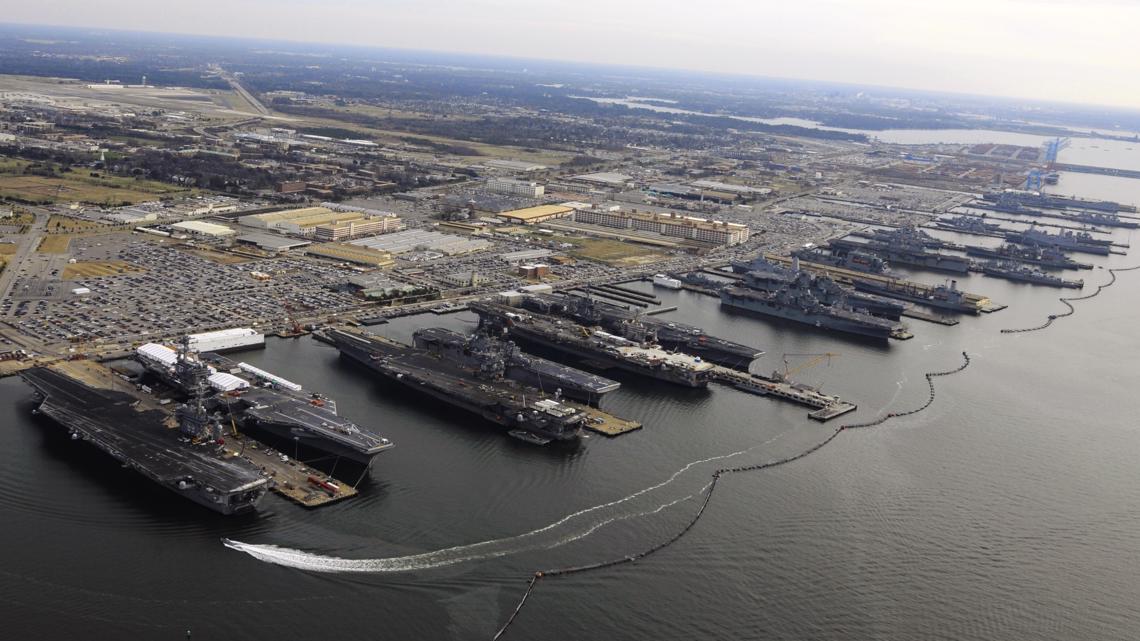- Feb 20, 2022
[*]Army’s plan to battle climate change—and still fight wars
How the branch that operates the fuel-guzzling M1 Abrams tank wants to reduce emissions, while not decreasing the scope of its operations.
FEB 11, 2022
On Tuesday, the US Army released its climate strategy, a big policy plan that details steps and goals for how this branch of the military will be adapting to climate change, while still preserving its ability to fight wars. The strategy, which outlines everything from greenhouse gas reduction targets to electrification of vehicles, is transformative within constraints. As outlined, the Army is working towards doing what it already does while producing fewer emissions, rather than reducing the scope of its operations.
The report, a tight 20 pages front-to-back, outlines three primary areas for how the Army plans to adapt to climate change. These areas cover better buildings, better vehicle purchases and supply chains, and better training.
“The effects of climate change have taken a toll on supply chains, damaged our infrastructure, and increased risks to Army Soldiers and families due to natural disasters and extreme weather,” wrote Christine E. Wormuth, Secretary of the Army, in the foreword to the strategy. “The Army must adapt across our entire enterprise and purposefully pursue greenhouse gas mitigation strategies to reduce climate risks.”
For its more than 130 installations across the globe, the Army intends to incorporate on-site carbon-pollution-free power generation by 2040, which suggests wind and/or solar power, but possibly other options as well. Heating and powering buildings is a major source of energy use, though one the military has passively gotten better at, as it has reduced the number of bases it maintains and builds new facilities in accordance with energy efficiency standards...."
This is the Army's plan to battle climate change—and still fight wars
A short new report outlines the branch's strategy, which focuses on steps to reduce emissions while not shrinking its operational scope.
`
Ba
For its more than 130 installations across the globe, the Army intends to incorporate on-site carbon-pollution-free power generation by 2040, which suggests wind and/or solar power, but possibly other options as well.
That is an awesome idea!
Who needs reliable power?



